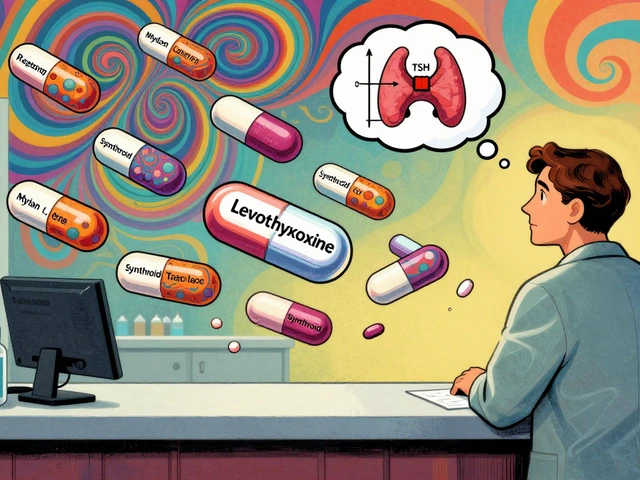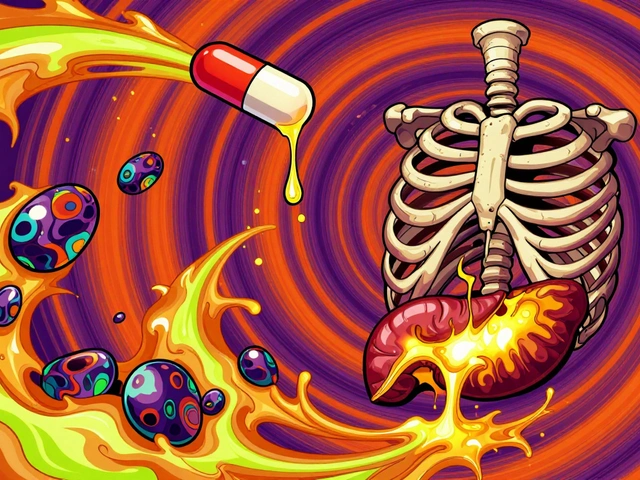
Rehabilitation Basics: What It Is and Why It Matters
When you hear the word rehabilitation, you probably think of getting back on your feet after an injury or beating an addiction. In simple terms, rehab is any process that helps you regain lost function, strength, or health. It isn’t a one‑size‑fits‑all plan – it’s a collection of steps, exercises, and support that fit your situation.
Most people start rehab because a doctor told them to, but many discover it on their own after a painful setback. The key is to see rehab as a tool, not a punishment. It gives you a roadmap to improve daily life, whether you’re learning to walk again after surgery or building new habits after quitting smoking.
Types of Rehabilitation You Might Need
Physical rehab focuses on muscles, joints, and movement. A physiotherapist might guide you through gentle stretches, balance drills, and strength work. This type is common after fractures, joint replacements, or sports injuries.
Occupational rehab helps you perform everyday tasks. If a hand injury makes cooking hard, an occupational therapist will suggest tools, techniques, and work‑space tweaks to keep you independent.
Speech and language rehab restores communication after a stroke or brain injury. Simple exercises, like reading aloud or practicing breathing, can improve clarity and confidence.
Addiction rehab tackles substance use, alcohol dependence, or behavioral habits. Programs combine counseling, medication, and peer support to break the cycle and rebuild a healthier lifestyle.
Mental health rehab supports conditions such as anxiety, depression, or PTSD. Cognitive‑behavioral tools, mindfulness, and social activities help restore emotional balance.
How to Make Rehab Work for You
1. Set realistic goals. Start with small, measurable targets – like walking five minutes longer each day – and celebrate each win. Tiny steps keep motivation high.
2. Stick to a schedule. Consistency beats intensity. Even a 10‑minute daily routine beats a 2‑hour session once a month. Put your rehab time on the calendar like any other appointment.
3. Track progress. Use a notebook or phone app to record pain levels, range of motion, or mood changes. Seeing numbers improve builds confidence.
4. Ask for help. Don’t try to go it alone. Reach out to your therapist, family, or support groups. They can correct form, offer encouragement, and keep you accountable.
5. Listen to your body. Pain that feels sharp or worsens may mean you’re overdoing it. Adjust intensity, talk to your therapist, and remember that recovery isn’t linear.
6. Combine rehab with healthy habits. Good sleep, balanced meals, and staying hydrated amplify the benefits of any rehab program. Think of your body as a team – every member matters.
7. Stay patient. It’s easy to get discouraged when progress feels slow. Remember that many people notice big changes after weeks of steady work. Trust the process.
Rehabilitation may feel like a long road, but each step you take moves you closer to a stronger, healthier version of yourself. Use the tips above, pick the rehab type that matches your needs, and keep the focus on daily improvement. Your recovery story starts now.
-
9 Sep






